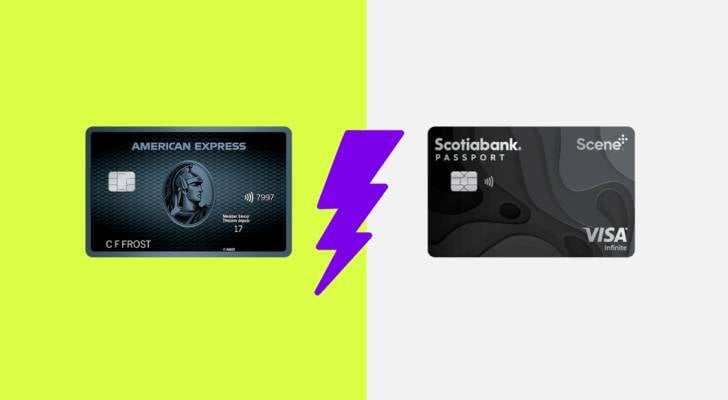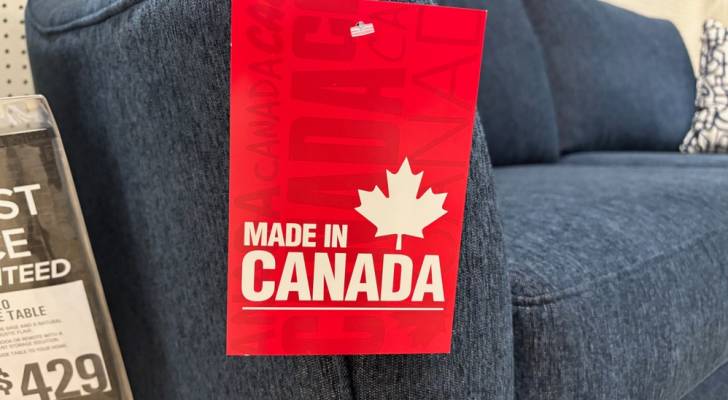Warren Buffett’s Canadian stock pick—and how you can invest like a pro

Legendary investor Warren Buffett set his sights on Canadian companies in 2024 — and captured the attention of investors after securing a sizeable stake in Canadian-based insurance provider, Chubb (NYSE:CB). Known for his strategic value investments, Buffett’s move hints at some promising opportunities within the Canadian market. For Canadian investors, there is one simple but […]
Is homeownership still a pipe dream? Home affordability slipped further in 12 of 13 major markets, report shows

While the Bank of Canada interest rate has dipped over the past few months, home affordability slipped further in January, as rising prices raised the income needed for a mortgage in 12 of 13 major markets, according to a report by Ratehub. This marks the second month in a row where affordability declined. Prior to […]
Here’s the travel credit card combo I swear by—using the Amex Cobalt and the Scotia Passport Visa Infinite cards

The Amex Cobalt and the Scotia Passport Visa Infinite are two of the best travel credit cards out there, but who says you have to pick just one? As an experienced traveller, I’ll show you how using both can elevate your trips around the world. It may sound like overkill, but trust me, this combo […]
Canada sees surge of support for buying local

A new Interac survey shows nearly all – nine in 10 – Canadians say supporting local Canadian businesses is important to them. Only slightly less, eight in 10, agree that buying Canadian feels more important than it did last year, due to the trade tensions caused by the US. "Amid the current climate of economic […]
An Edmonton property developer owes a whopping $75M to former residents of 9 retirement homes — but 1 big thing could hold the company back from paying. How to avoid a similar nightmare

An Edmonton property developer, Christenson Group of Companies, is facing mounting financial troubles, leaving more than 200 former residents in financial limbo. The company owes approximately $75 million to individuals who had invested in life-lease contracts at nine retirement homes, according to a CBC News story. “Hope has certainly been waning,” Jim Carey, president of […]
Nvidia battles market volatility: Can AI giant rebound after $600B stock plunge?

Nvidia Corporation, a titan in the semiconductor industry, has recently experienced significant fluctuations in its market valuation, underscoring the volatile nature of the technology sector. In January 2025, the company faced an unprecedented single-day market capitalization loss of approximately $600 billion, primarily due to emerging competition from Chinese startup DeepSeek. Despite this setback, Nvidia’s strategic […]
Investing apps make it easy to tap into auto-investing—making it cost-effective to grow your portfolio even with a weakened dollar

A regular habit of saving and investing is critical for financial independence; however, the practise of regularly setting money aside in a savings account or investment account can be hard. Enter the concept of automatic investing, or auto-investing. The concept isn’t new with many cryptocurrency traders quite familiar with the advantages of auto-investing and many […]
Canadian fury unleashed: 70% of citizens support retaliatory tariffs against the United States in a bold trade showdown

Seventy percent of Canadians are in favour of dollar-for-dollar retaliatory tariffs on the United States as President Donald Trump remains steadfast in his plans to impose tariffs on Canada, one of our closest allies. This according to a new poll from Leger. Nearly half of respondents (45%) said they were strongly in favour of such […]
Canadians are divided on evolving payment technologies

Canadians are divided on evolving payment technologies, according to a new study from Payments Canada. This involves technologies such as generative artificial intelligence (GenAI), social commerce and pay-by-bank. "Canadians prioritize security and privacy while also expecting ease and convenience in their shopping experience, particularly in the way they pay," Jon Purther, Payments Canada’s director research, […]
Are the stresses of everyday finances taking a toll on your mental and physical health? You’re not alone: An alarming amount of Canadians go to bed worrying about money, study finds

For many, getting a good night’s sleep is beyond finding an ergonomic pillow or taking some melatonin. Financial stress is weighing heavily on Canadians, with a new survey revealing that 60.4% of respondents go to bed worrying about money. The survey, conducted by Harris & Partners, a Canadian debt relief company, highlights the growing anxiety […]